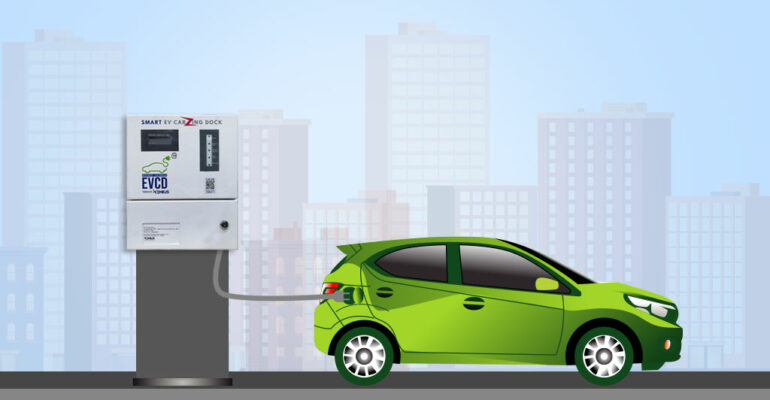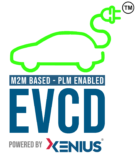Choice of EV charger portable or stationary
March 20, 2023 2023-03-20 5:46Choice of EV charger portable or stationary

Choice of EV charger portable or stationary
INTRO: The growth in EV adoption has led to increased significance of charging infrastructure. There are two kinds of chargers – stationary and portable – offering varying charging range and speed. The choice of picking one depends on specific needs, circumstances and geographic location of the user.
Portable EV chargers are designed to be mobile and can be easily moved from one location to another. These are often smaller and more lightweight than the stationary chargers
Stationary EV chargers are fixed in a place and require professional installation. These are designed for use in public locations such as parking lots, garages, and commercial buildings
Electric vehicles are gaining in popularity over the past few years, primarily due to a variety of factors. These include people’s concern about climate change, improvement in battery technology, higher range, and governments’ incentives to both manufacturers and consumers for adoption of e-mobility.
With increased adoption of EVs, the charging infrastructure has also become critical as it provides users with convenient and accessible locations to recharge their vehicle batteries. There are several types of charging stations that provide varying levels of charging speed and range, with slow and fast chargers
Besides, there are portable EV chargers, which are designed to be mobile and can be easily moved from one location to another. These are often smaller and more lightweight than stationary chargers, making them ideal for use at home or while traveling. Portable chargers typically plug into a standard electrical outlet and can be used to charge an EV battery over a period of several hours.
Stationary EV chargers, on the other hand, are fixed in a place and require professional installation. These are designed for use in public locations such as parking lots, garages, and commercial buildings. Stationary chargers are usually more powerful than portable chargers, and can recharge a vehicle’s battery much more quickly.
One of the key advantages of portable chargers is their flexibility. They can be used wherever there is a standard electrical outlet and can be moved to various locations. These are particularly useful in places where there is no dedicated charging infrastructure.
Stationary chargers are designed to provide high-speed charging for multiple vehicles at the same time. These are more expensive than portable chargers but are certainly a more practical solution for businesses or organisations that need to provide charging facilities to their customers or employees.
The choice between a portable and stationary EV charger depends on specific needs and circumstances. If one needs to charge the EV occasionally and also prefers the flexibility to do so anywhere, a portable charger may be the better choice. For those who need to provide charging facilities to multiple vehicles, a stationary charger is, obviously, a better and more practical option.


